The Best Pea Plant Companions
Introduction
Peas are a delicious and nutritious vegetable that can be grown in most gardens. They are also relatively easy to care for, making them a good choice for beginner gardeners. However, there are a few things to keep in mind when planting peas, such as companion planting.
Companion planting is the practice of planting certain types of plants together in order to benefit each other. Some plants can help to deter pests, attract beneficial insects, or improve the overall health of their neighbors.
When it comes to peas, there are a number of companion plants that can help them to thrive. In this blog post, we will discuss some of the best pea plant companions, as well as some plants that should be avoided.
Main Content
Peas and Nitrogen
One of the biggest benefits of planting peas is that they are legumes. Legumes are able to fix nitrogen from the air, which means that they can add nitrogen to the soil. This is beneficial for all plants in the garden, but it is especially important for peas, as they are heavy feeders.
Some of the best companion plants for peas are also legumes, such as beans, lentils, and soybeans. These plants will help to improve the nitrogen content of the soil, which will in turn benefit the growth of the peas.
Other good companion plants for peas include:
- Cucumbers: Cucumbers and peas have similar growing requirements and can be planted together to save space. They also help to deter pests such as aphids and cucumber beetles.

- Carrots: Carrots and peas can be planted together to help improve the flavor of both vegetables. The carrots will help to draw nutrients from the lower levels of the soil, which will benefit the peas.
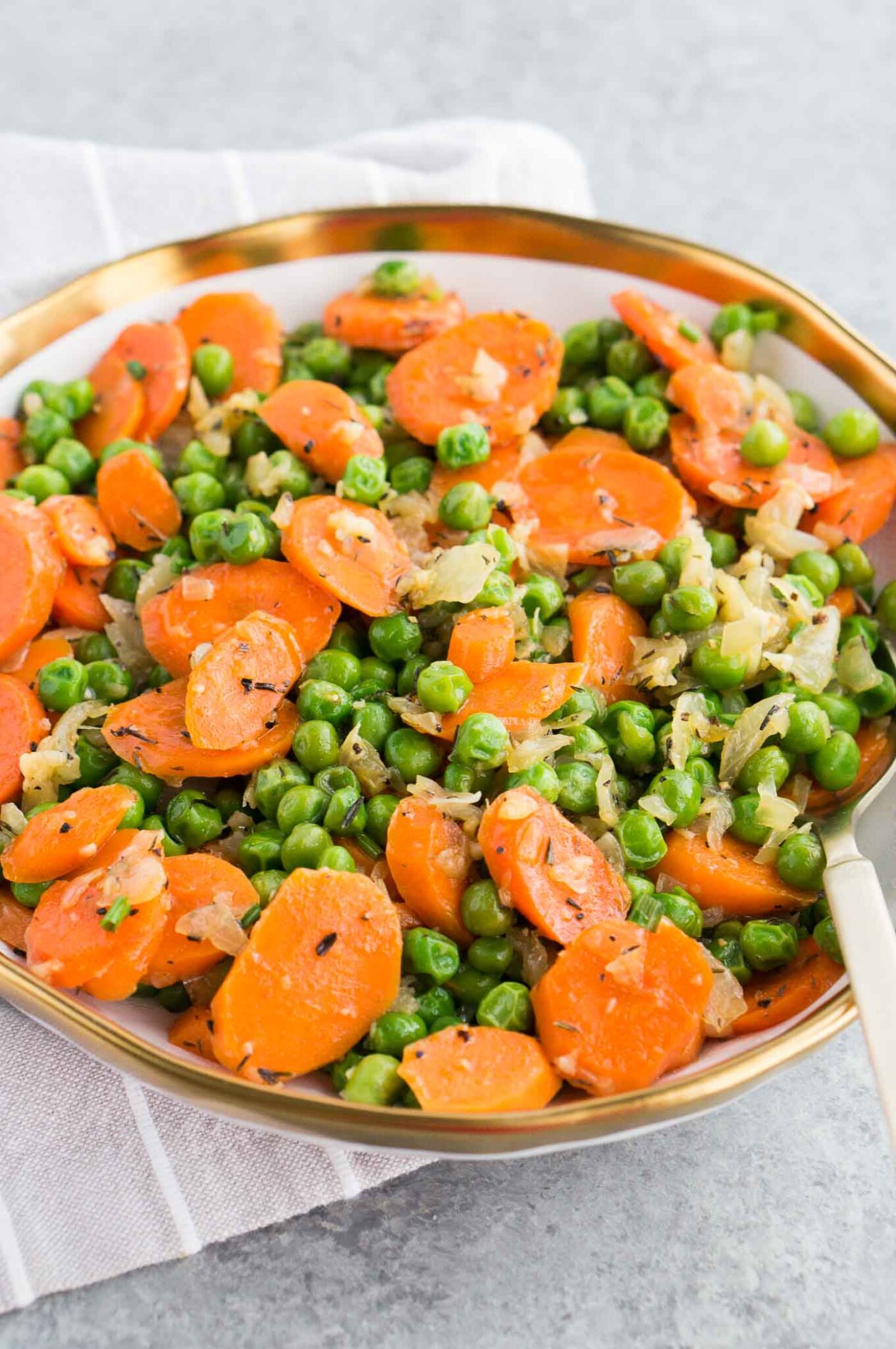
- Spinach: Spinach and peas are both cool-season vegetables that can be planted together in early spring or fall. They also help to shade the soil around the peas, which can help to prevent them from bolting in hot weather.
- Lettuce: Lettuce and peas are another good combination of cool-season vegetables. They can be planted together in the same row or in alternating rows. Lettuce will help to suppress weeds and shade the soil around the peas, which can help to prevent them from bolting.

- Radishes: Radishes and peas are both quick-growing vegetables that can be planted together in the same row. The radishes will mature and be harvested before the peas start to bloom, so they will not compete for space or nutrients.
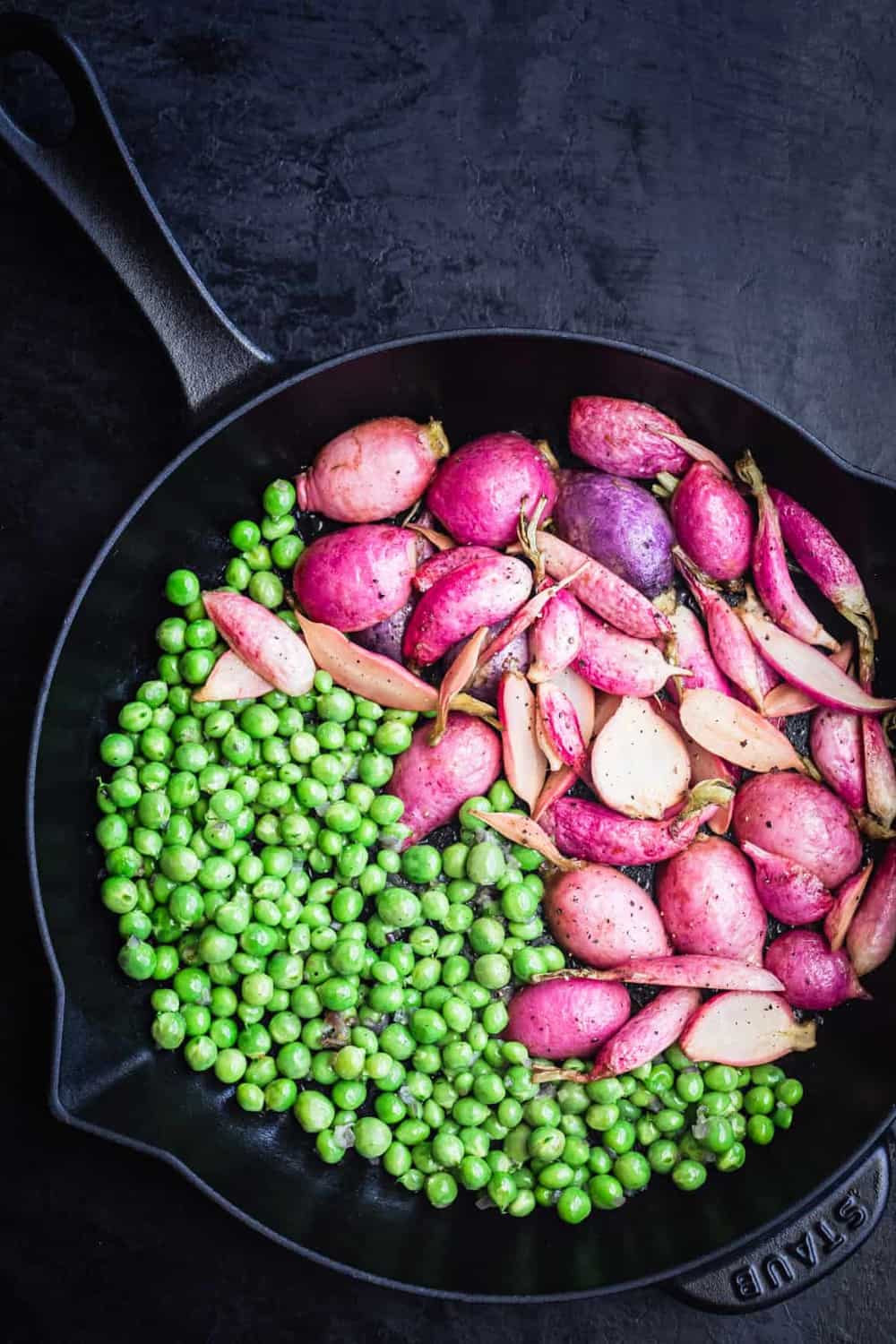
- Marigolds: Marigolds are not a vegetable, but they are a great companion plant for peas. Marigolds help to deter pests such as aphids, spider mites, and whiteflies. They also help to improve the overall health of the soil.

What to Avoid
While there are many good companion plants for peas, there are a few that should be avoided. These include:
- Tomatoes: Tomatoes and peas should not be planted together because they can compete for nutrients. Tomatoes are also susceptible to a fungus called verticillium wilt, which can also affect peas.
- Potatoes: Potatoes and peas should not be planted together because they can both attract the same pests and diseases.

- Brassicas: Brassicas, such as broccoli, cabbage, and cauliflower, should not be planted near peas because they can suppress the growth of the peas.
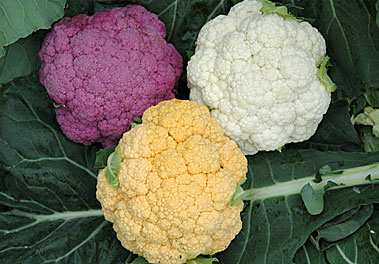
Conclusion
By planting the right companion plants near your pea plants, you can help them to grow healthier and produce more abundant crops. By avoiding planting peas near certain plants, you can help to prevent pests and diseases.
With a little planning, you can create a pea patch that is both productive and beautiful.
Peas are a delicious and versatile vegetable that can be enjoyed in many different ways. But did you know that pea plants can also benefit from having the right companion plants? Companion planting is a gardening technique that involves planting certain types of plants together to create a mutually beneficial relationship. For peas, some of the best companion plants include:
- Beans: Beans are legumes, just like peas, so they can help to fix nitrogen in the soil. This means that they can help to provide peas with the nutrients they need to grow strong and healthy.
- Carrots: Carrots help to suppress the growth of pests that can damage pea plants, such as aphids and slugs.
- Celery: Celery can help to attract beneficial insects, such as ladybugs and hoverflies, which can help to control pests in your garden.
- Corn: Corn can provide pea plants with support, as its tall stalks can act as a natural trellis.
- Cucumbers: Cucumbers and peas have similar growing requirements, so they can be planted together to save space in your garden.
If you're interested in learning more about pea plant companions, I recommend visiting Gardenia Inspiration. This website has a wealth of information on the topic, including a list of the best companion plants for peas, as well as tips on how to plant and care for them.
FAQ of pea plant companions
Q: What are some good companion plants for peas?
A: Peas are a nitrogen-fixing plant, which means they can help to improve the nitrogen content of the soil for other plants. As a result, they are good companion plants for many other vegetables, including beans, carrots, celery, corn, cucumber, eggplant, parsley, peppers, potatoes, radishes, spinach, strawberries, and turnips. They can also be planted near flowers such as marigolds and nasturtiums, which help to deter pests.
Q: What are some bad companion plants for peas?
A: Peas should not be planted near onions, as they can inhibit each other's growth. They should also be avoided planting near members of the cabbage family, such as broccoli, Brussels sprouts, and cauliflower, as these plants can attract the same pests.
Q: How do pea plant companions benefit each other?
A: Peas benefit from being planted near other nitrogen-fixing plants, such as beans, as these plants can help to improve the nitrogen content of the soil. This can lead to healthier and more productive pea plants. Peas can also benefit from being planted near taller plants, such as corn, as these plants can provide shade and support.
Q: How do I plant pea plant companions together?
When planting pea plant companions together, it is important to consider the size and growth habits of each plant. For example, peas should be planted in rows, while taller plants, such as corn, should be planted in blocks or hills. It is also important to space the plants appropriately, so that they have enough room to grow.
Q: How do I care for pea plant companions?
Peas and their companion plants should be watered regularly, especially during hot weather. They should also be fertilized every few weeks with a balanced fertilizer. In addition, it is important to keep an eye out for pests and diseases, and to take steps to control them if necessary.
Image of pea plant companions
- Nasturtiums: Nasturtiums are a good companion plant for peas because they deter pests like aphids and whiteflies. They also add a splash of color to the garden.

- Carrots: Carrots and peas are both root vegetables, so they don't compete for space or nutrients. They also help to suppress weeds.
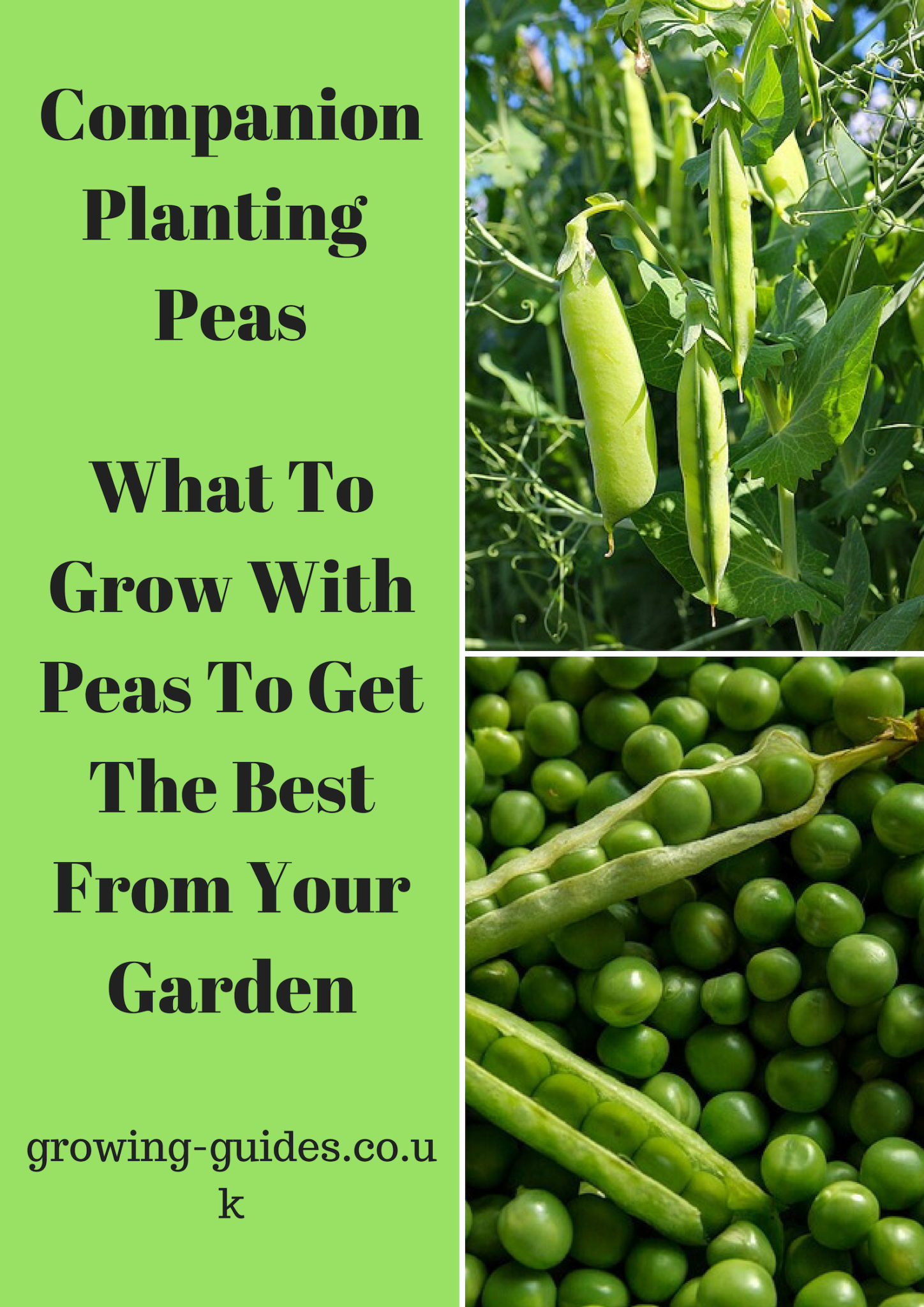
- Lettuce: Lettuce and peas are both cool-weather crops, so they can be planted together in the early spring or fall. Lettuce also helps to shade the pea plants from the hot sun.
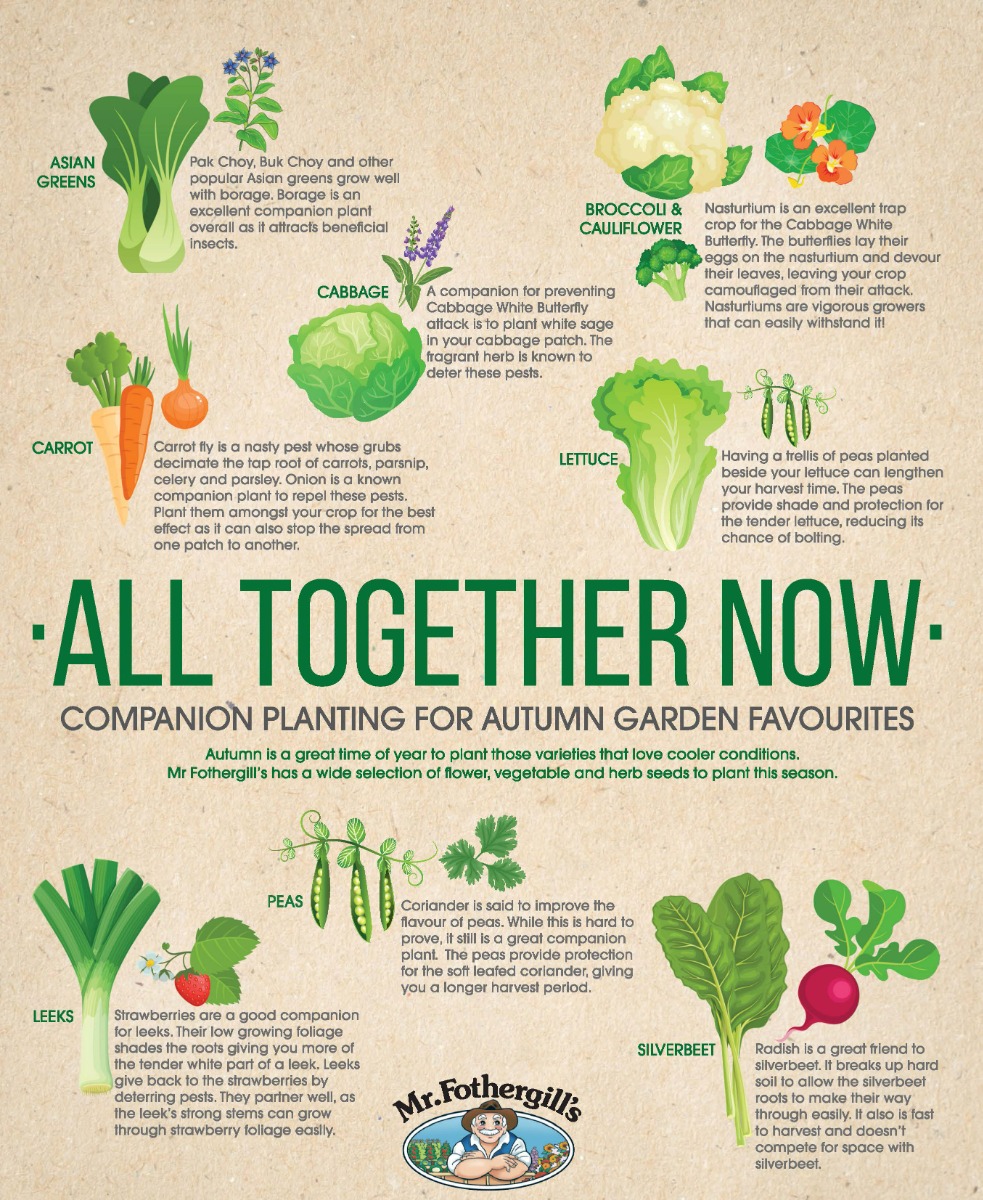
- Cucumbers: Cucumbers and peas can be planted together because they have different water needs. Cucumbers need more water, while peas are more drought-tolerant.

- Sunflowers: Sunflowers are a tall plant that can provide shade for pea plants. They also attract beneficial insects, which help to control pests.
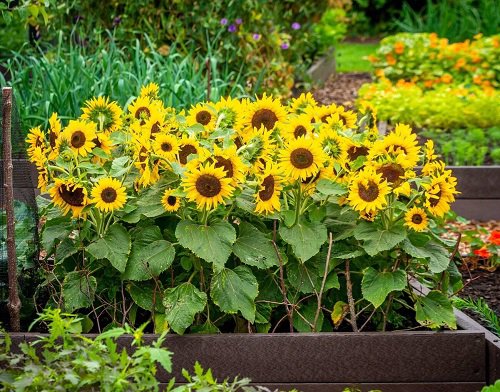

Post a Comment for "The Best Pea Plant Companions"